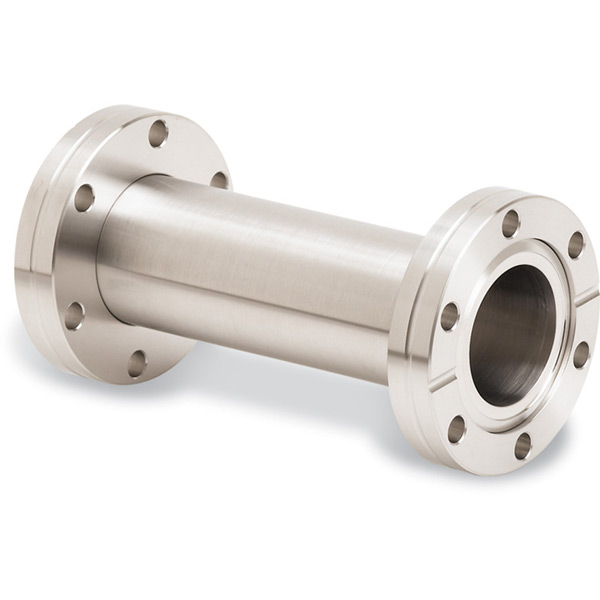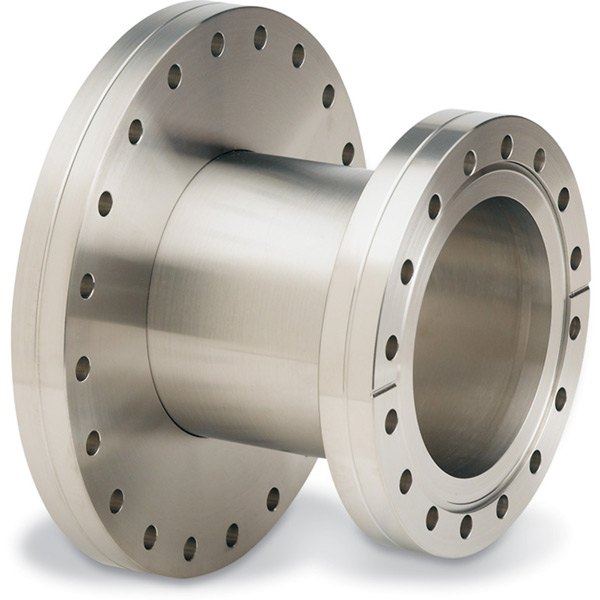| Table of Contents |
|---|
let's start zoomed out and oversimplified:
Atoms:
Atoms, totally a thing! they're small. really small. a million of them fit across a single human hair. tiny, but they still take up space.
...
they often like to group up with other atoms to form molecules.
Gasses:
Hey so gasses exist. –youYou're breathing some right now.
what are gasses made of? molecules. Usually as a mix of different molecule types. Air is a mix of over ten types (mostly nitrogen and oxygen)! . People work very hard to collect gasses that aren't mixed.
...
how fast are they moving? fast. really fast. usually over a thousand miles per hour (you are being pelted by molecules right now).
the speed of an individual molecule depends molecules depend on its their temperature and its mass: cold things fly slower, heavy things fly slower.
but that speed is just only for individual molecules; the gas as a whole has no great speed or direction because the molecules bounce off each other randomly in every possible direction.
...
When a gas molecule bounces off of something it pushes on that something. If that something is another gas molecule that other molecule goes flying off. If that something is much bigger, for example a metal box, the molecule will push on the box just the same, but the box will hardly budge. What , it's way too big.
Ah but what happens when I add more molecules to the box? : all of those little bounces add up. That's pressure: the push from all the molecules. Add enough molecules and the pressure will rise so high that the box might pop!
What Now what happens if we remove, instead of add, molecules? Vacuum.
...
When there are absolutely no molecules whatsoever in a space, we call it a perfect vacuum.
A but a perfect vacuum never happens. All vacuum chambers leak. And even in the furthest reaches of space, a stray molecule here and there flies past; though it probably won't hit another molecule for many lifetimes.
and now Now getting into nitty gritty details and definitions:
mean free path: the average distance that a gas molecule can travel before colliding with another gas molecule.
...
or a sphere... holes to attach stuff.
like tubes
or pumps
Pumping:
So if a pump can't pull air after gasses enter molecular flow, how can pressure be dropped any lower? If the pumps don't suck, what do they do? They trap. Like the goal on an air hockey table traps the puck when it flies in.
So how likely is a molecule to fly into a pump-trap? That depends on how big the pipe is leading to the pump.
Conductance:
...
Sadly, nothing. =/ The pump will only ever remove molecules as fast slow as they naturally fly through the smallest/longest link tube in the chain of tubes, the one with the lowest conductance; and even though my leading to the pump. And even though that bigger pump could theoretically suck a bazillion liters of gas per second, that only works in viscous flow, and means nothing in . In molecular flow, the lowest conductance point sets the pace.
And besides, that pump that can pump so very much won't even work under viscous flow; it might even break. (too much detail?)
...




